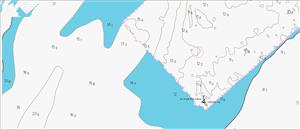
UKHO Creates High Density ENC of the Bristol Channel
Tuesday, February 6, 2018
|

Tuesday, February 6, 2018
|
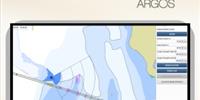
FarSounder, an innovator in 3D forward looking navigation sonar technology, has announced a new integration with Anschütz GmbH’s (W)ECDIS NX navigation platforms. This collaboration brings FarSounder’s real-time underwater detection and seafloor mapping data directly into the SYNAPSIS interface.
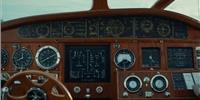
Teledyne Marine showcases advanced navigation solutions at DSEI 2025Teledyne Marine presented its new Compact Navigator at the DSEI 2025 event in London. This next-generation navigation system offers precise positioning in GPS-denied environments, featuring a compact titanium design
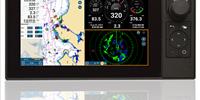
The Pilots' Association of the Bay and River Delaware has welcomed Pennsylvania, the latest pilot boat built by Gladding-Hearn Shipbuilding. The Chesapeake Class launch is equipped with a full suite of Furuno marine electronics, installed by Cay Electronics of Rhode Island.
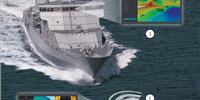
WASSP Multibeam has launched its new rapid deployment multibeam sounder – the W3 Rapid Deployment System (RDS).Revealed at Pacific Expo 2019 in Sydney this week, W3 RDS has been designed for Navy’s, Maritime Police and Search & Rescue organisations for use where depths are unknown and to find safe

The U.K. Hydrographic Office has released a new ADMIRALTY application programming interface (API) that puts U.K. tidal data in the hands of software developers.The U.K. Tidal API gives developers access to accurate data from the U.K.

ClassNK has released its Guidelines for Use of Drones in Class Surveys, which incorporate the applicable range and procedures for use of drones in class surveys, the technical considerations for safe operation and the requirements for drone service suppliers Because drone-related technologies are